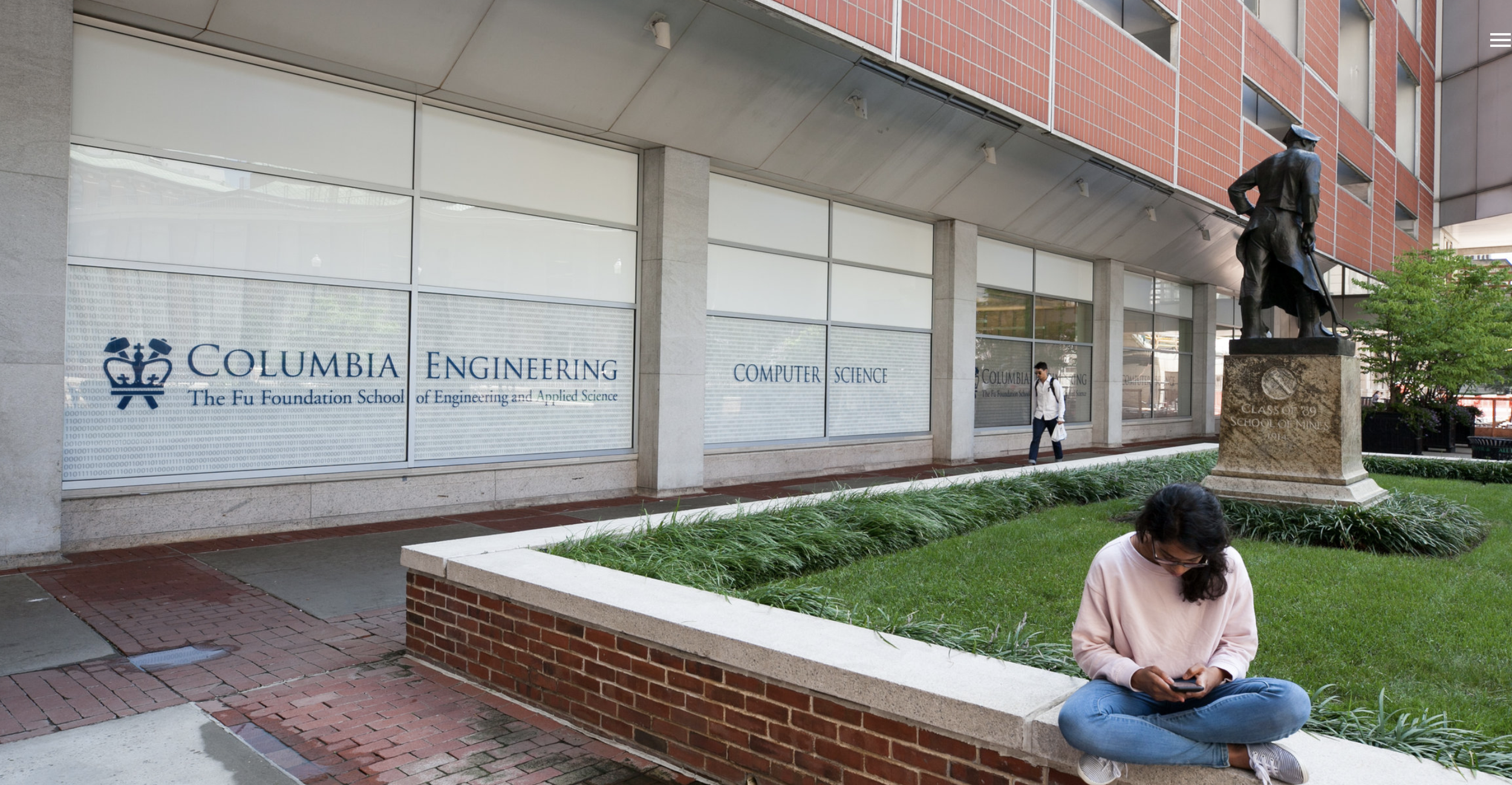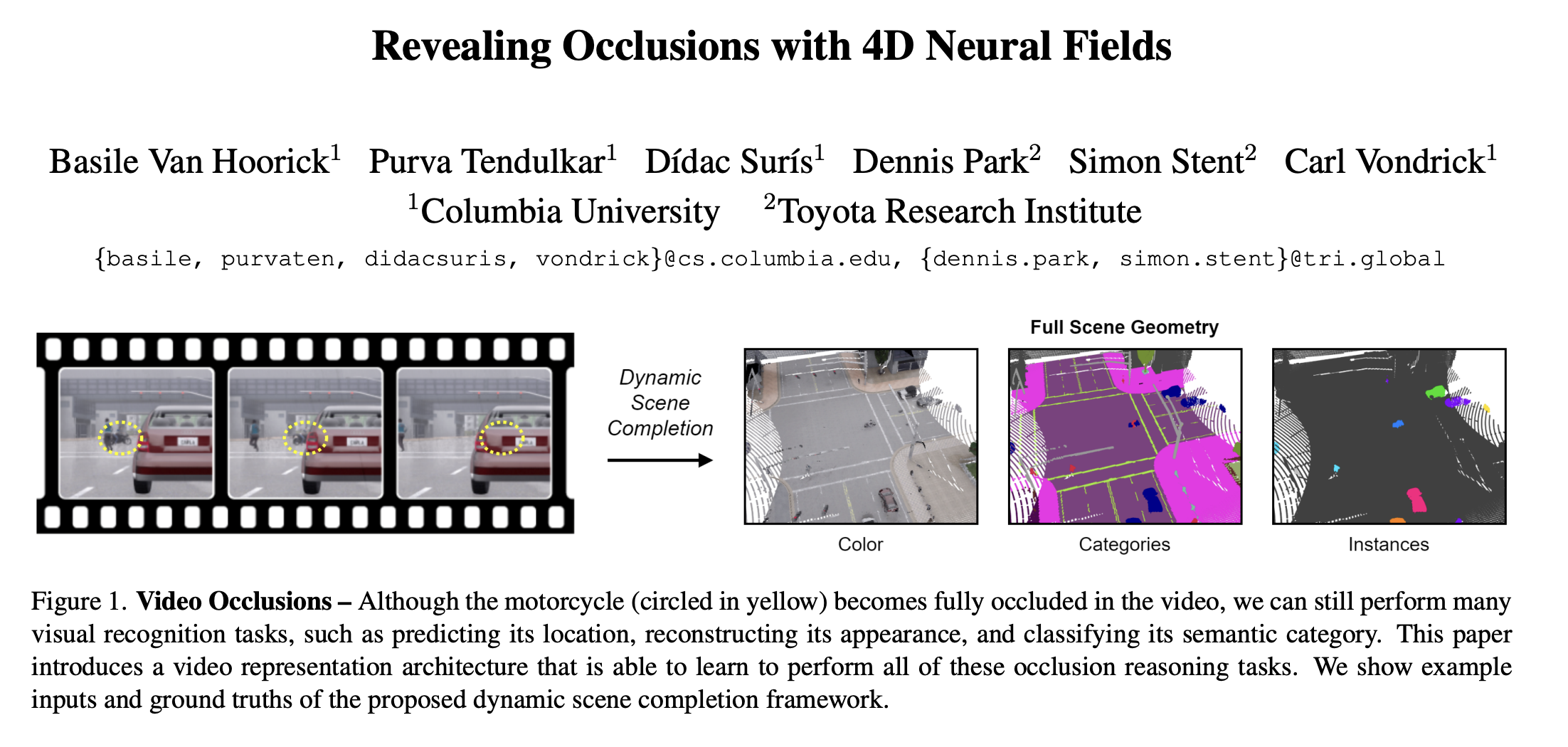Computer Science Department at Columbia University, Summer 2022 Internship (in person)
Worked on a machine learning project in Python in Professor Carl Vondrick’s Lab for Computational Vision & AI under the supervision of Purva Tendulkar, CS PhD student.
During my Summer 2022 internship with Purva Tendulkar, I worked on a computer vision project. Through her mentorship, I learned how computers read and process images, using labeled data to improve recognition. This experience deepened my understanding of how image recognition is built from analyzing pixel data, and I gained insight into the challenges machines face in interpreting visuals without prior knowledge. I also worked in a lab setting, where I explored continuous learning systems for image identification.
Followup Work.
Motivated by my project with Purva in Professor Vondrick’s lab, I played around a little over the summer. I wrote some Python code to perform some simple image processing tasks including:
Reading in image files either one by one, or in a batch;
Organizing the data set for downstream analysis;
Explored simple algorithms that resample images to bring them all to the same pixel density (which is often not how the date is read in);
Studied how the selection of pixel density and size affects the downstream value of the resampled images. For example, do you upsample to bring all images to the maximum resolution in the original dataset, do you downsample to bring them down to the lowest resolution, do you analyze the model resolution of the data set and use that, and how does one deal with very different aspect ratios in this task – my approach was partially visual (inspecting the different specifications and the resulting output) and partially methodological as part of the last step below; and
Tried to use these algorithms to study the pictures on my phone taken over the years
Eventually, I started testing off-the-shelf algorithms that detect faces inside pictures, and try to group pictures by what faces are included in them. I succeeded in separating pictures with people from pictures that had sceneries without people.
Research @ Computational Vision & AI Lab - Columbia University
By training machines to observe and interact with their surroundings, our research aims to create robust and versatile models for perception. Our lab often investigates visual models that capitalize on large amounts of unlabeled data and transfer across tasks and modalities. Other interests include scene dynamics, sound and language and beyond, interpretable models, and perception for robotics.
Sample Figure from Lab’s Research:

